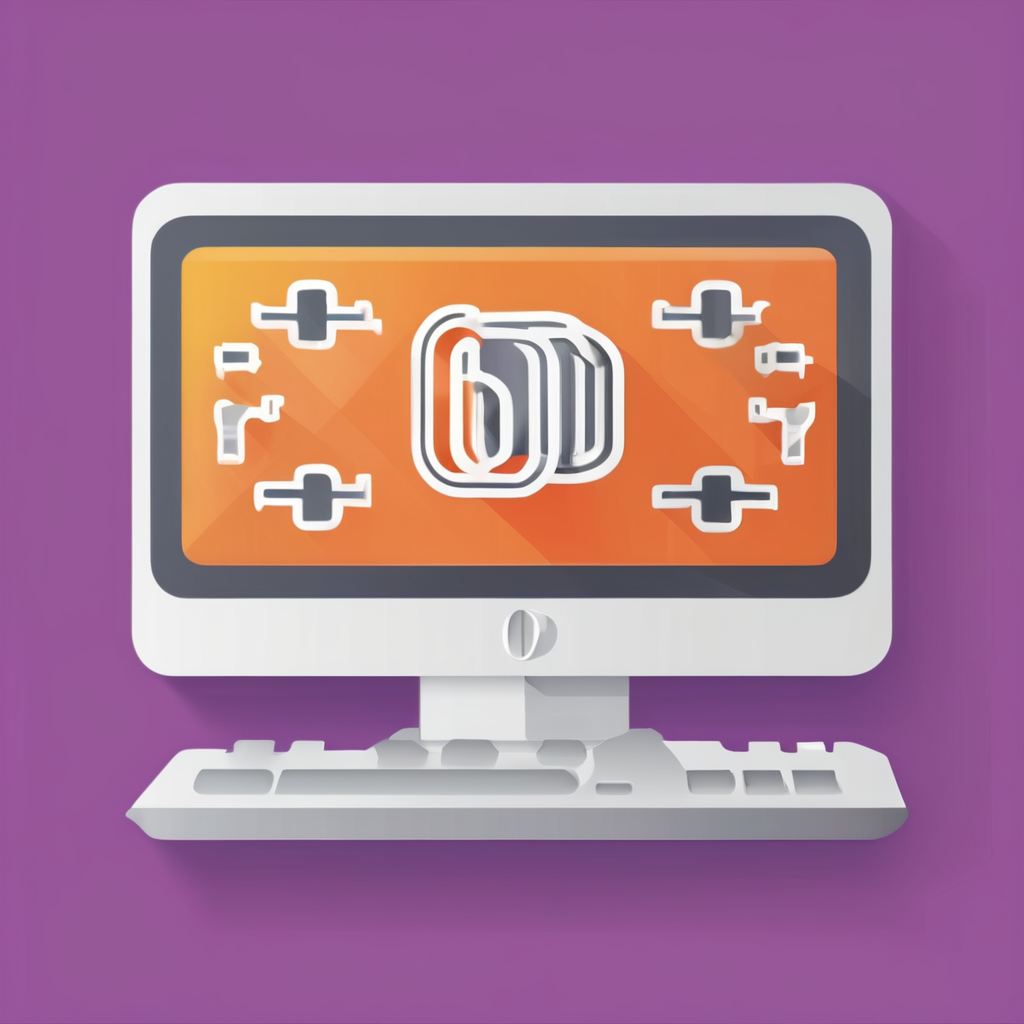Smartphone Technology as a Catalyst for Advancements in Computing
Shortly exploring mobile-driven progress
Smartphones have undeniably shaped the technology innovation landscape. The rapid evolution of smartphone hardware, from powerful processors to advanced sensors, has driven a mobile-first impact that transcends handheld devices. This influence on mainstream computing trends is evident as many industry priorities now align with optimizing performance, energy efficiency, and connectivity originally developed for smartphones.
This might interest you : How are UK smartphones enhancing mobile payment systems?
For example, the emphasis on efficient multi-core processors and integrated AI accelerators started with smartphones and is now a central focus in laptop and server designs. Similarly, mobile operating systems have inspired simplified and user-friendly interfaces across computing platforms. The smartphone influence on computing extends to wireless communication standards, where 5G adoption initially targeted phones but quickly expanded to enhance broader network infrastructure.
As companies prioritize innovations that support mobile users, they inadvertently promote advancements that benefit the wider technology ecosystem. The mobile-first impact fuels continuous improvements in battery technology, app ecosystems, and sensor integration, reinforcing smartphones as a catalyst for progress in computing beyond their original scope.
In parallel : What security features should UK smartphone users prioritize?
Mobile-First Design Transforming Digital Experiences
Mobile-first design is a strategic approach in app development and web design, prioritizing smartphones as the primary platform. This shift is driven by the fact that most users now access digital content through mobile devices. By focusing on mobile-first design, developers optimize the digital experience to ensure faster loading times, intuitive navigation, and responsive layouts suited for smaller screens.
The impact on user interface (UI) and user experience (UX) standards is significant. Designers streamline content and features to fit mobile devices without sacrificing functionality, improving engagement and satisfaction. Mobile-first design encourages simplicity, making interfaces clean and easy to use, which benefits users across all platforms.
Cross-platform considerations become essential as developers leverage responsive frameworks to ensure consistency and performance on various devices. Technologies like progressive web apps and hybrid frameworks allow seamless transitions between mobile and desktop environments. Embracing mobile-first principles enhances overall digital experience optimization, catering to evolving user behaviors and technology trends.
The Role of Smartphones in Edge Computing Expansion
Smartphones are transforming edge computing by acting as powerful nodes.
Smartphones now serve as key nodes in distributed computing networks, enabling local data processing that significantly reduces latency. By handling computations directly on the device rather than relying solely on distant cloud servers, smartphones help alleviate network congestion and speed response times. This local processing capability is essential for applications requiring real-time interaction, such as augmented reality or autonomous navigation.
Beyond faster processing, smartphones enhance data privacy by keeping sensitive information closer to the user instead of transmitting it extensively to central servers. This reduction in data movement mitigates risks associated with data breaches. For example, edge-enabled health monitoring apps can analyze biometric data offline, ensuring personal data remains secure.
Real-world applications vividly illustrate this edge computing advantage. Smart home controls, immersive gaming, and AI-powered voice assistants leverage smartphones’ distributed computing power to deliver seamless, efficient experiences. The evolution of smartphones in edge computing signals a shift toward more robust, privacy-conscious mobile data processing ecosystems.
Enhanced Processing Power and Integration with Emerging Technologies
Advancements in AI integration enable smartphones to perform complex tasks directly on-device, enhancing speed and privacy. On-device AI handles everything from real-time language translation to intelligent photo editing without relying heavily on cloud services. This evolution improves user experience by reducing lag and increasing responsiveness.
AR on smartphones is another area benefiting from enhanced processing power. Modern chips support sophisticated augmented reality applications that blend virtual content with real-world environments smoothly. These AR experiences are not just for gaming but also practical for navigation, interior design visualization, and interactive education.
Moreover, IoT connections have become more seamless. Smartphones now serve as centralized hubs, allowing users to control smart home devices, wearables, and other IoT gadgets effortlessly. This integration creates a unified ecosystem where devices communicate fluidly, improving convenience and efficiency.
Together, the combination of AI integration, AR on smartphones, and IoT connections are transforming smartphones into versatile tools that extend far beyond traditional communication. Their enhanced processing power ensures these technologies work synergistically, creating a future of smarter, more interactive mobile experiences.
Future Trends in Computing Driven by Smartphone Innovations
Smartphone trends continue to shape the future of computing profoundly. Advancements in hardware, such as more powerful processors and AI-integrated chips, push the limits of mobile performance. These improvements enable smartphones to handle complex tasks previously reserved for desktops, blurring the lines between device categories.
On the software front, the rise of sophisticated operating systems and AI-powered applications enhances user experience and functionality. Innovations in augmented reality (AR) and virtual reality (VR) embedded in smartphones promise richer, more immersive interactions, transforming how people work, learn, and entertain themselves.
These technological foresight developments promote wider global adoption of new computing paradigms. For example, billions of users benefiting from faster, smarter devices create strong incentives for software ecosystems optimized for mobile-first experiences. Experts predict that smartphones will act as primary gateways to cloud computing and edge computing, democratizing access to powerful resources.
Industry leaders emphasize that ongoing smartphone trends will accelerate digital transformation across sectors. By enabling seamless connectivity, enhanced security, and AI-driven personalization, smartphones will continue to drive innovations shaping the overall future of computing landscape.


